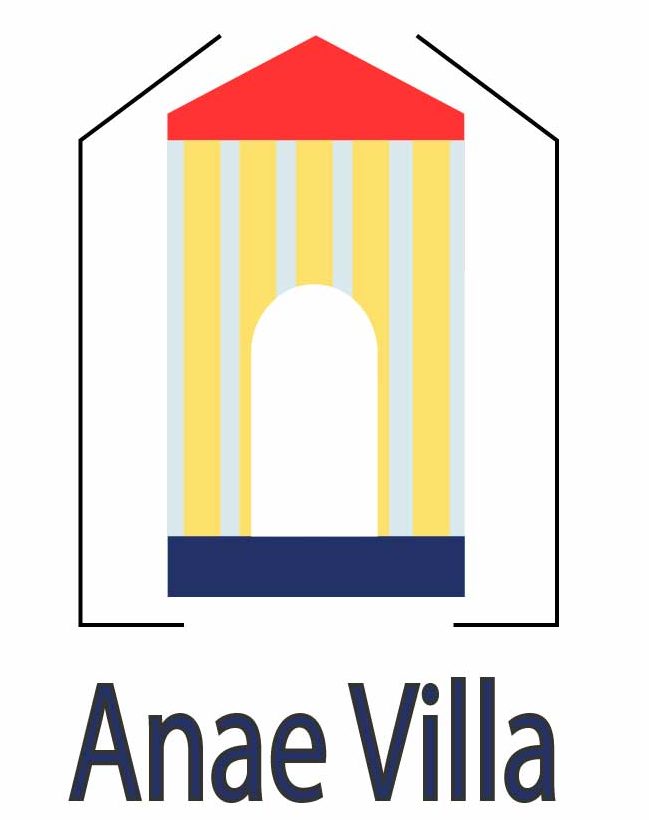Making healthy domiciles is an significantly crucial concern in modern architecture and structure practices. Such properties prioritize the well-being of occupants by establishing sustainable and eco-friendly components, design principles, and technologies. Main to this process could be the increased exposure of making interior settings that promote physical health, emotional well-being, and environmental sustainability.
Among the important aspects of creating healthier properties is the cautious selection of construction materials. Applying non-toxic and eco-friendly products helps minimize indoor air pollution and reduces contact with dangerous chemicals. Examples contain low-VOC shows, formaldehyde-free warmth, and sustainable timber products and services, which contribute to healthiest indoor quality of air and overall occupant comfort.
In addition to products, power performance represents an essential role in creating healthier homes. By implementing energy-efficient design characteristics such as correct warmth, high-performance windows, and energy-efficient devices, homeowners can reduce power consumption and decrease power bills. More over, energy-efficient houses subscribe to a far more sustainable environment by reducing greenhouse fuel emissions and dependence on fossil fuels.
Biophilic style axioms are also central to developing healthiest homes. Integrating normal aspects such as sunshine, greenery, and organic materials into the design assists build environments that foster connection with character and promote intellectual well-being. Biophilic style has been found to lessen stress, improve mood, and enhance cognitive purpose, making it an important factor in house design.
Proper ventilation and indoor air quality management are important for maintaining a wholesome indoor environment. Installing physical ventilation methods, air filters, and air purifiers helps eliminate indoor pollutants and contaminants, ensuring clean and fresh indoor air. Also, developing houses with sufficient normal ventilation and usage of outside areas further improves indoor quality of air and occupant comfort.
Water performance is still another essential part of developing healthiest homes. Implementing water-saving fixtures, rain harvesting techniques, and drought-resistant landscaping assists conserve water resources and reduce water consumption. Furthermore, effective water management plays a part in the sustainability of homes and reduces the strain on municipal water supplies.
Healthy house design also encompasses factors for availability and ebc group design principles. Making domiciles which are accessible to persons of ages and abilities promotes inclusivity and guarantees that occupants can era in place comfortably. Functions such as for example step-free entrances, wider gates, and accessible bathrooms boost the simplicity and safety of homes for all occupants.
Last but most certainly not least, developing healthiest domiciles requires educating homeowners about sustainable living practices and encouraging responsible behavior. Providing information on energy-saving techniques, waste reduction, and environmentally friendly techniques empowers homeowners to create informed choices and stay more sustainably. By fostering a tradition of sustainability and environmental stewardship, we can make healthy domiciles and neighborhoods for decades to come.
